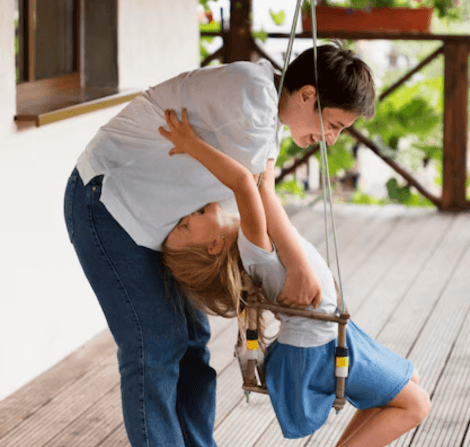What is a balance disorder ?
Disorders of balance and movement in children encompass a range of conditions that affect a child's ability to coordinate and control their movements. These disorders can result from neurological, muscular, or developmental issues and may manifest as difficulties with posture, gait, or fine motor skills.
